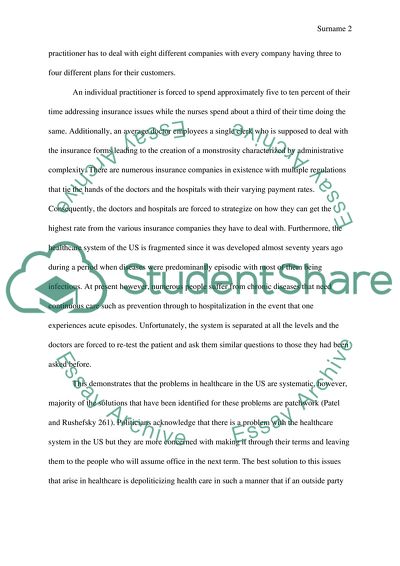Cite this document
(Health Care in United States Report Example | Topics and Well Written Essays - 2500 words, n.d.)
Health Care in United States Report Example | Topics and Well Written Essays - 2500 words. https://studentshare.org/sociology/1859038-health-care-in-united-states
Health Care in United States Report Example | Topics and Well Written Essays - 2500 words. https://studentshare.org/sociology/1859038-health-care-in-united-states
(Health Care in United States Report Example | Topics and Well Written Essays - 2500 Words)
Health Care in United States Report Example | Topics and Well Written Essays - 2500 Words. https://studentshare.org/sociology/1859038-health-care-in-united-states.
Health Care in United States Report Example | Topics and Well Written Essays - 2500 Words. https://studentshare.org/sociology/1859038-health-care-in-united-states.
“Health Care in United States Report Example | Topics and Well Written Essays - 2500 Words”. https://studentshare.org/sociology/1859038-health-care-in-united-states.


